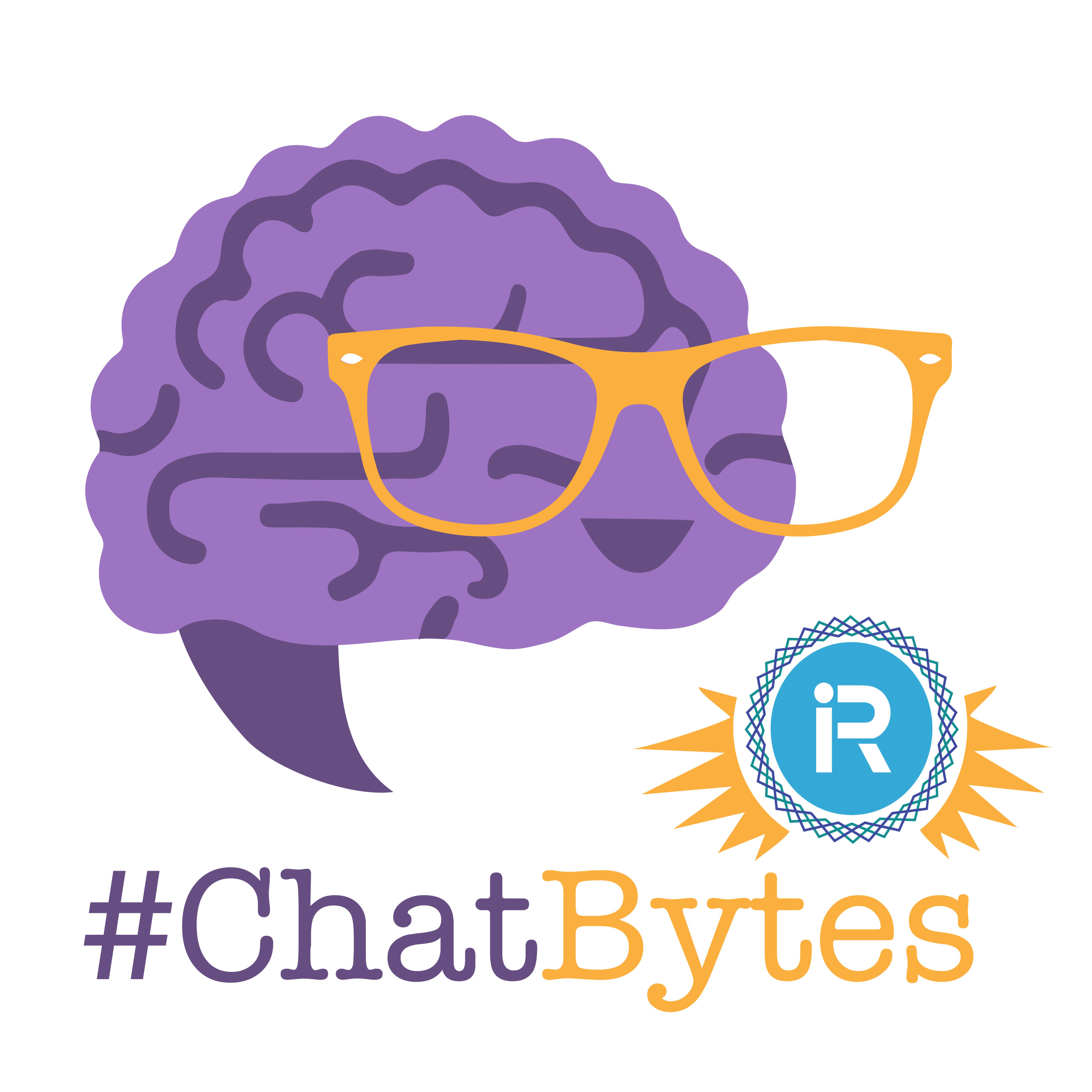by Rhode Warrior, Mark Noll
I heard you on the landline back in ‘93
Imparting all the big news at the university
Did you think that this was how it’d always be?
Oh-wah, oh!
Fast forward to 2016…
- The carnage that was the crash of 2010 has long since settled in the world of fund-raising.
- Prospect research offices decimated by myopic fundraising leaders have been re-staffed and reinvested.
- Databases are bubbling over with prospects identified by advanced screening methods.
- Data Analysts, applying statistical wizardry, have become part of the research department alongside their Prospect Researchers and Prospect Management peers.
- Prospect Research has moved the needle into new areas to help find the next big donor.
- Information and advanced technology have thrust the world of prospect research to new heights.
These advances have resulted in larger research staffs needed to perform these tasks. However, unlike the fundraising research departments, can technological advances threaten to diminish the role of the front-line fundraiser? Are the days of the globe-trotting development officer becoming the next casualty in the world downsizing?
First let’s admit that there will always be a need for front-line fundraisers who can connect the mission of a non-profit to the heart-felt passion of a potential donor. There may never be a time where at least some level of direct contact is necessary to finalize that seven to nine figure gift. But the number of direct contacts needed to complete this task, as well as the number of staff needed, will likely be compromised in the future. In fact, it is happening as I write this. I previously addressed one of the factors at play in an article entitled “Where Have all the Donors Gone.” I described how income inequality has decreased not only the number of donors but also the number of gifts a donor would traditionally make in a year. Simply stated, we are sustaining ourselves by receiving larger gifts from fewer donors for the most part. But the issue does not stop there.
The next reality to impact fundraising is what we like to call Virtual reality. This oxymoron of sorts may reduce the need for front-line fundraisers in the future. The need for numerous and on-going face to face visits will be the first casualty. VoIP (Voice over Internet Protocol) programs such as Skype and Viber allow a face-to-face contact of sorts from one’s office at zero cost. Sure, it does not beat the good old fashioned meeting over dinner, but when you consider the amount of time involved as well as the expenses incurred in traveling out to the opposite coast, how can the cost-efficient virtual meeting be overlooked?
Shall we talk volume? The standard metric for direct contact visits of 12-15 per month can be performed before lunch on the first day of month using VoIP. “Visits” to prospects in California, Saskatchewan, Puerto Rico, London, Florida and Timbuktu can all be accomplished within a two to three hour span if not less. Again, it’s not face-to-face, but I’m willing to bet it is more effective to do the virtual visits once a month than it is to travel for a face-to-face once every 6-12 months.
The speed of contacts and the ease of which now presents the big question: How many positions are lost since one development officer in a room with a computer can contact prospects all over the world without leaving the confines of their office? Heck, who said it has to be an office? You can do it from home and save the non-profit the cost of office space.
Now you’ve landed the gift. How about the gift agreement? Electronic contracts and electronic signatures are just as legal and enforceable as traditional paper contracts signed in ink. Federal legislation enacted in 2000, known as the Electronic Signatures in Global and International Commerce act (ESGICA), removed the uncertainty that previously plagued e-contracts. Electronic contracts can replace the need for formal signed gift agreements. DocuSign, Adobe Cloud Esign, Sertifi and host of other services allow you to present and finalize gift agreements without ever having to find a pet-sitter for Fluffy and Rags when you fly out to get the ink on the paper.
Call reports? No problem. Enter the Dragon, a Voice Recognition Software. No longer will the Development officers be able to hold anyone hostage by claiming that they weren’t hired to write lengthy call reports. Speak into here and it’s all done for you. Sure, there are still a few kinks with this sort of software, but they are getting much better. In fact, the higher-end software products are becoming increasingly accurate. They have evolved to the point where the software becomes familiar with end users voice, accent and their way of speaking. A “y’all” with a southern drawl no longer registers as a University in New Haven Connecticut.
Annual Fund Phonathons, if they still exist, can be replaced by those annoying robocall reminders that it’s annual giving time. Direct mail solicitations are auto generated at the mail house. Recurring pledges remove the need for on-going solicitations and their subsequent payments are completed via automatic charges on their credit cards or by EFT’s. Stewardship letters follow generated with rotating texts and authentic looking signatures. Holiday and event cards are churned out faster than the IRS sends out your annual 1040.
This is all from the perspective of the fundraiser. But what will the donor look like? We already know a millennial’s preferred form of contact is indirect rather than direct. Whether it be the old school email approach or preferably one of the latest social media platforms, the “touch” will not be in the first person, so to speak. The donor may also prefer to be proactive and go to your website and make a donation. Is a development officer needed in this case? Probably not.
Third party fundraisers, channeled through numerous crowdfunding sources, are already linking advanced technology with techno-minded donors. In many places this “rogue” approach to fundraising is causing the gnashing of teeth in traditional annual fund offices as it encroaches on their usual way of conducting business.
Would it be so far-fetched to envision a situation whereby a Crowdfunding — Donor Advised Fund — cloud-based CRM creates a goliath of fundraising? This fictitious company called Boze-Reus screens prospective donors, solicits them, collects their money and sends you a big check (less the standard 10% fee) as well as a link to their universal database. How many staff will be needed after this beast appears?
And if you’re still a non-believer in how technology is changing our world, then call me when you get your next gift in Bitcoins.
Truth is, we are becoming a culture where human contact is restricted to a select few and a circle of virtual friends may be comprised of people from all over the world. The thought of a stranger approaching me for a donation on the mere basis that we attended the same college years apart may be considered, well, invasive. Don’t call us, we’ll call you.
Is this where the world is heading? No, we’re already there. So why hasn’t it become apparent as of yet? The answer may be because many non-profits supervisors do not want to accept the fact that their world — and direct fundraising is THEIR world — is being compromised by technology. They may still be under the misconception that “feet on the ground” is still the most effective way to raise money. Fact is the dreaded “cost to raise a dollar” may rule the day soon. We are one economic crisis away from having to take a good look at where the inefficiencies exist and this reality becomes universally applied.
In fact, if there is any logical downsizing to do in the future, look for it to take place at the higher-end wage scale populated by front-line fundraisers. Not all of them mind you; there will always be the need for those who can best articulate the non-profit’s mission. There just won’t be as many needed as before. Like so many other industries, philanthropy will be the next casualty in the war with technology.

